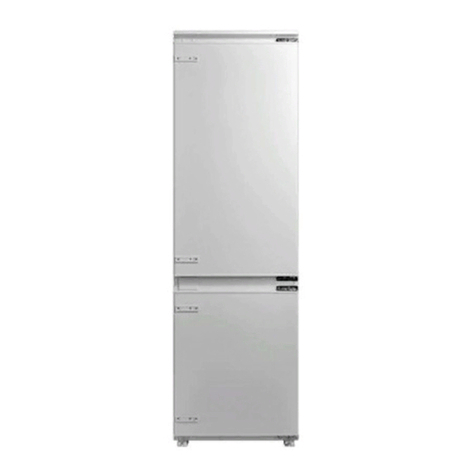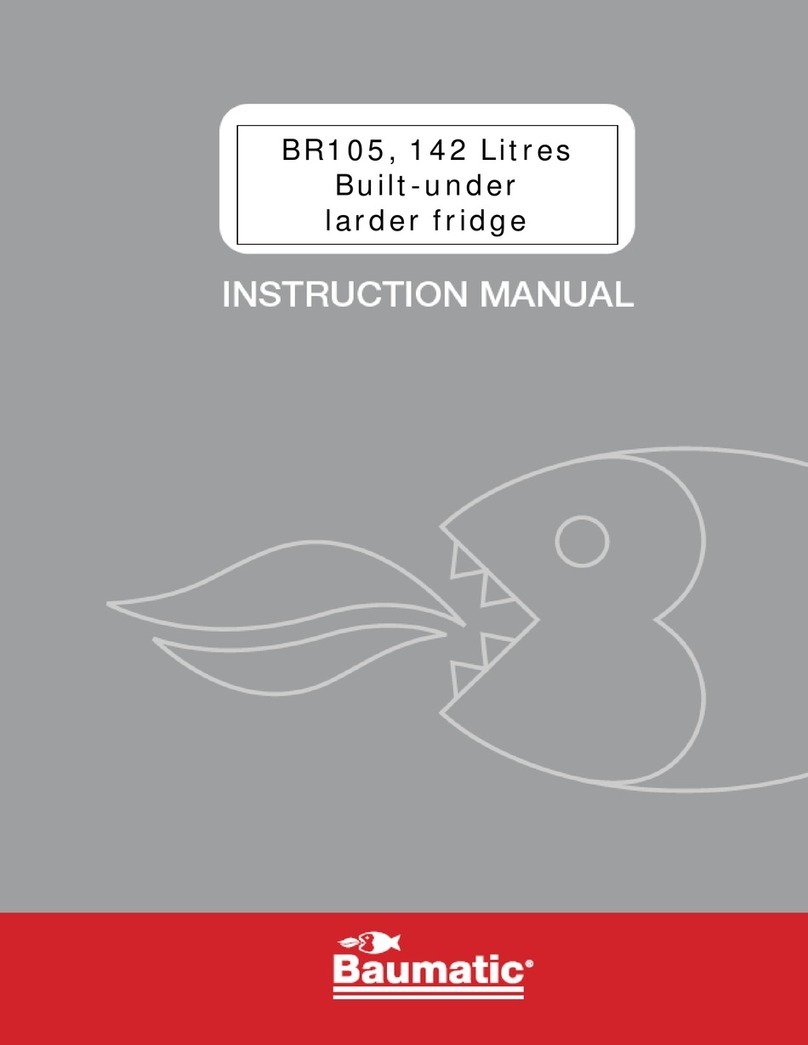Baumatic BR16.5 User manual
Other Baumatic Refrigerator manuals
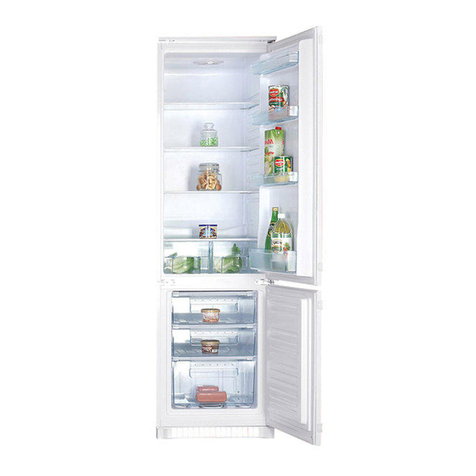
Baumatic
Baumatic HRCI2570.1 User manual

Baumatic
Baumatic BRL600.5 User manual
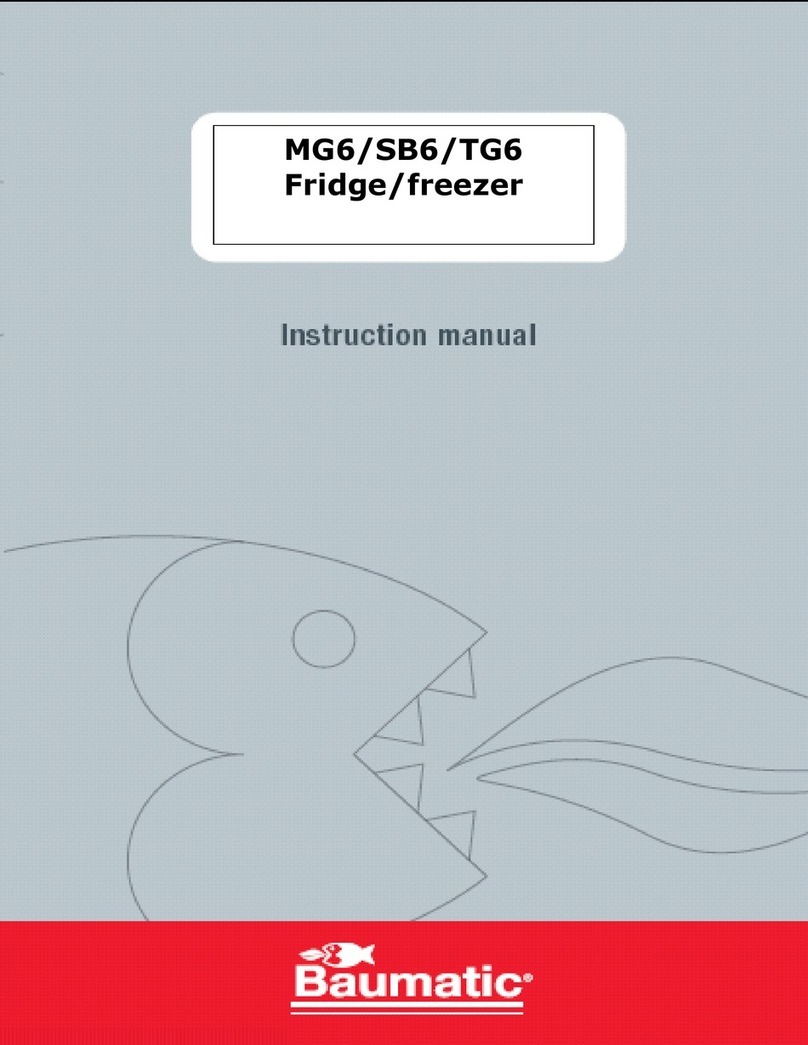
Baumatic
Baumatic SB6 User manual

Baumatic
Baumatic BR100 User manual
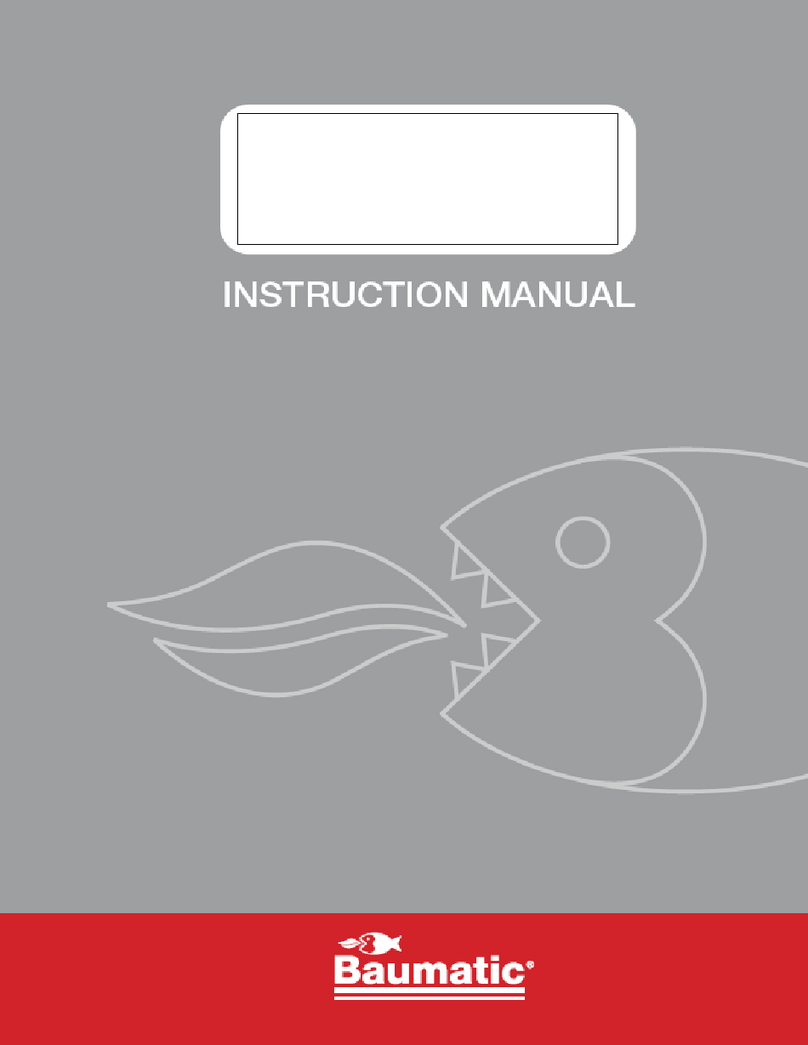
Baumatic
Baumatic BR201.5 User manual
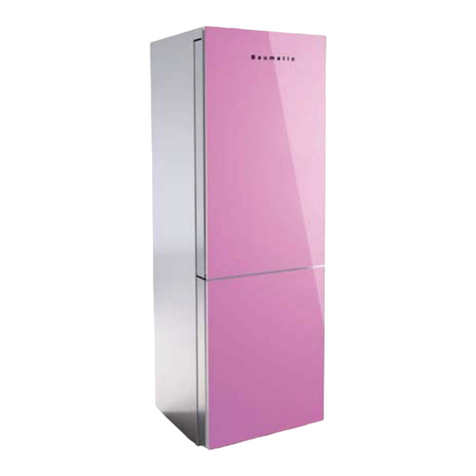
Baumatic
Baumatic LUST.RD User manual
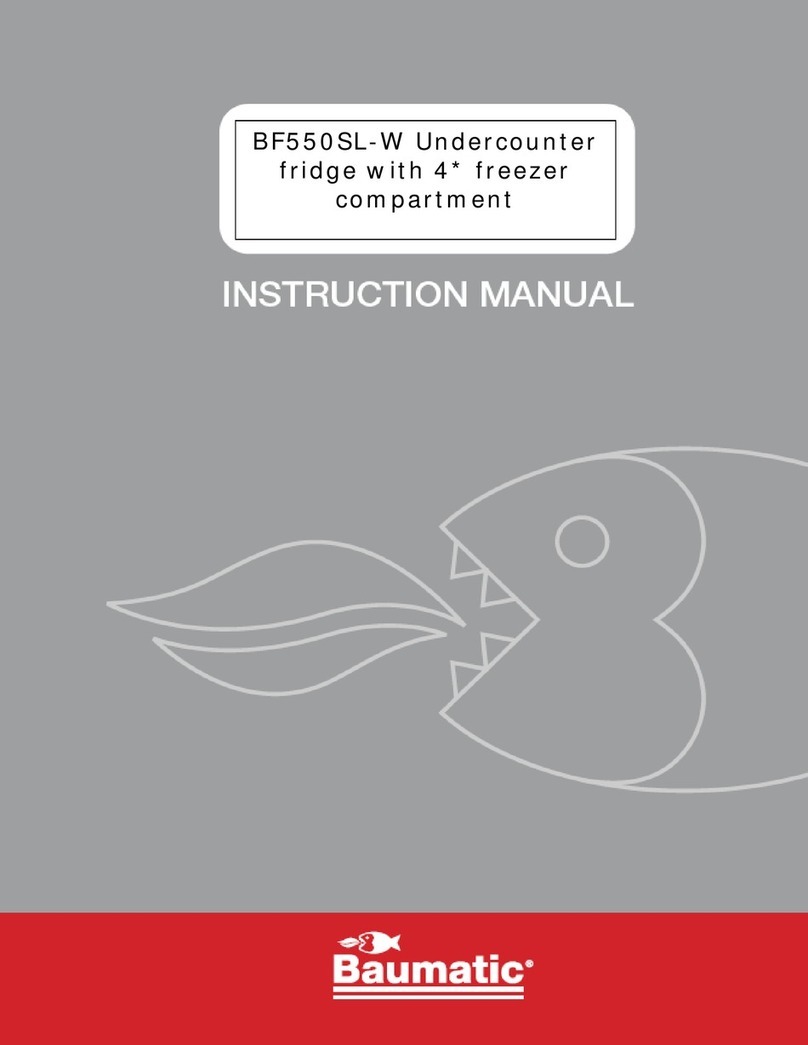
Baumatic
Baumatic BF550SL-W User manual
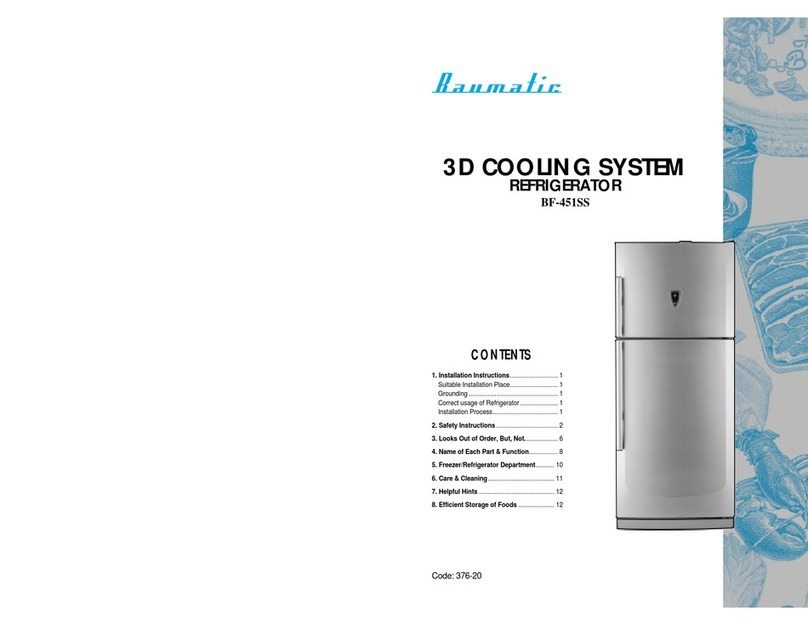
Baumatic
Baumatic BF-451SS User manual
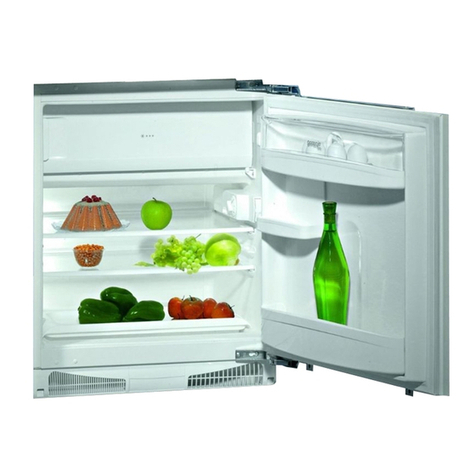
Baumatic
Baumatic BR11.2A User manual
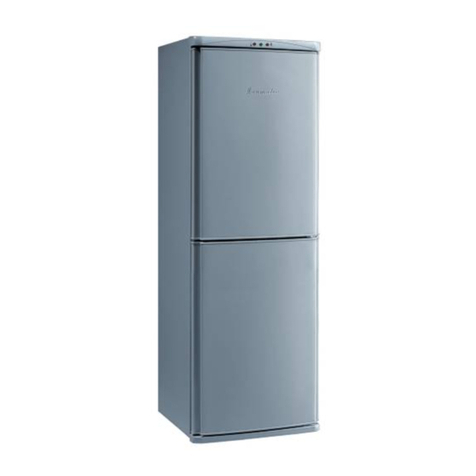
Baumatic
Baumatic BF263 User manual
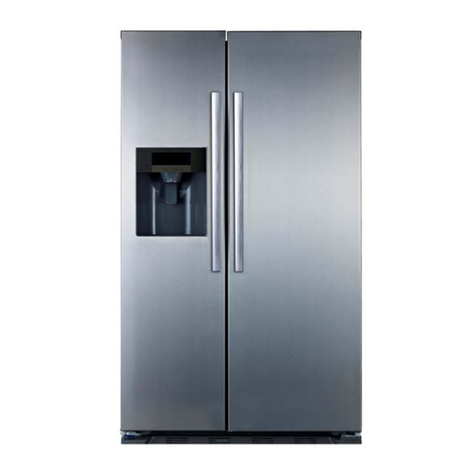
Baumatic
Baumatic B25SE Operator's manual
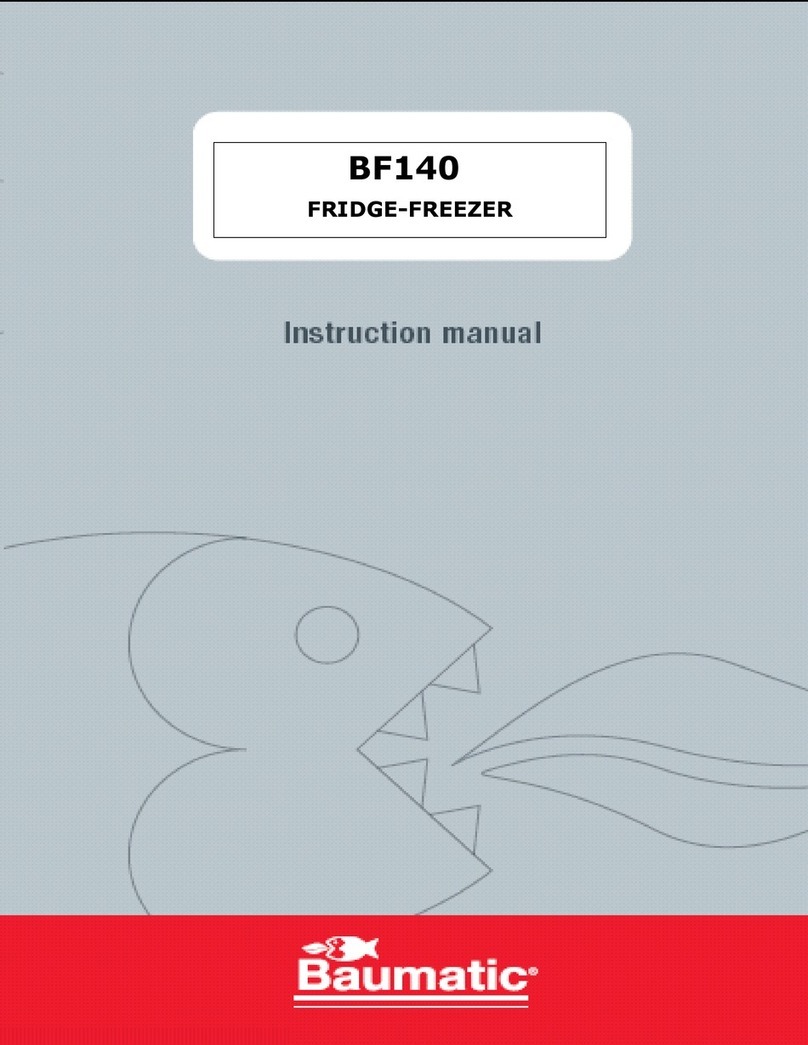
Baumatic
Baumatic BF140 User manual

Baumatic
Baumatic BRLF1759SE User manual
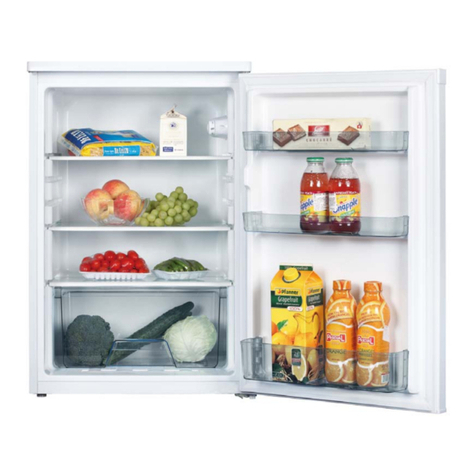
Baumatic
Baumatic BL550W User manual
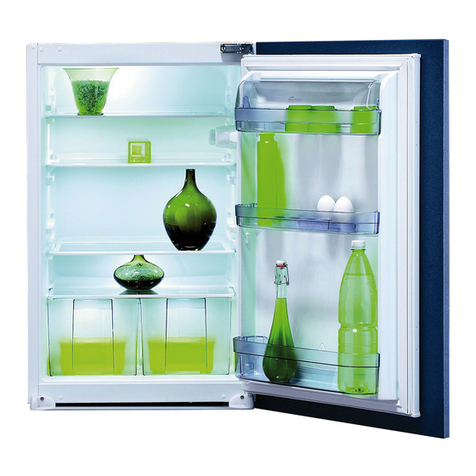
Baumatic
Baumatic BR16.3A User manual
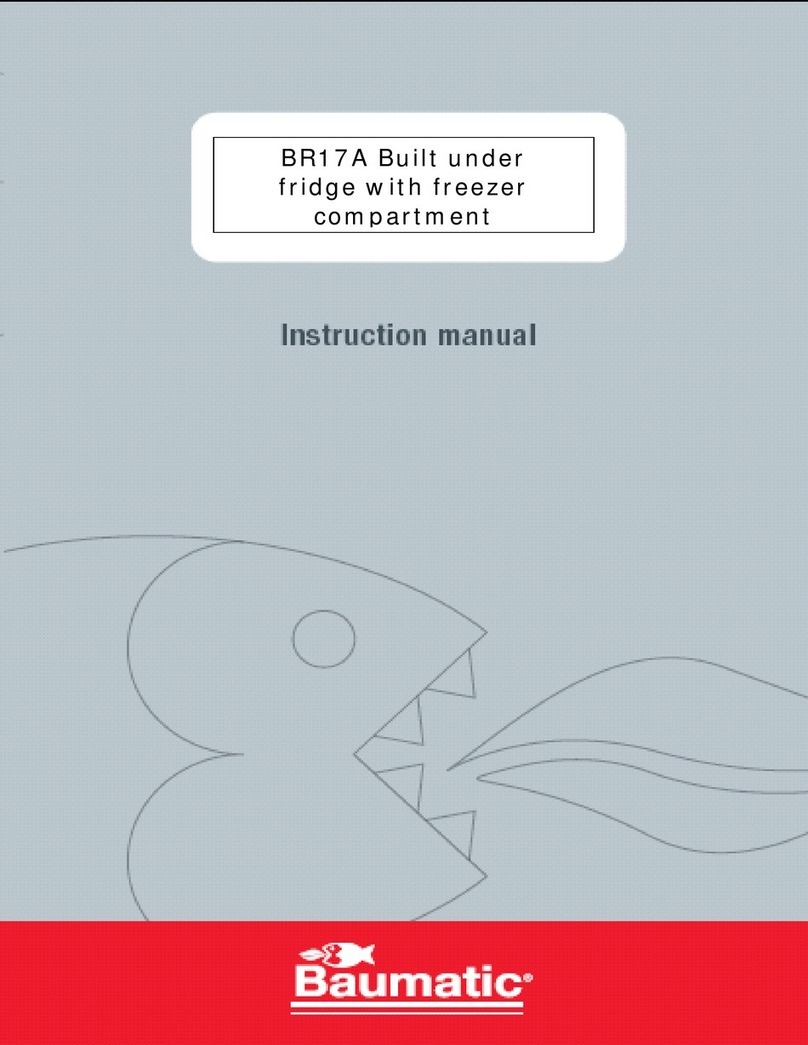
Baumatic
Baumatic BR17A User manual
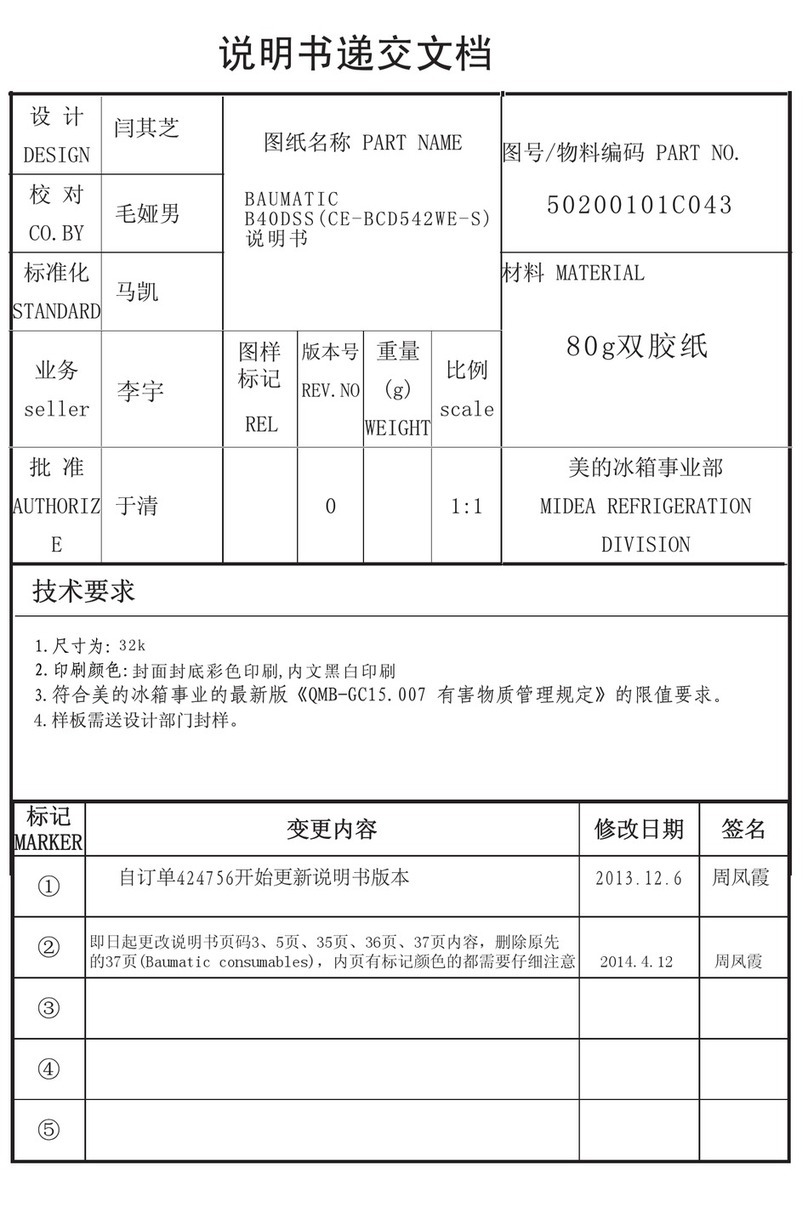
Baumatic
Baumatic B40DSS User manual
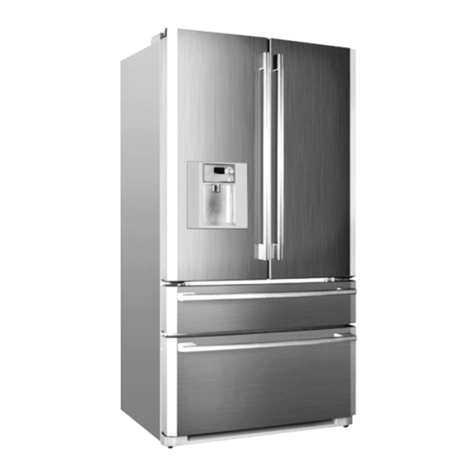
Baumatic
Baumatic TITAN5 User manual
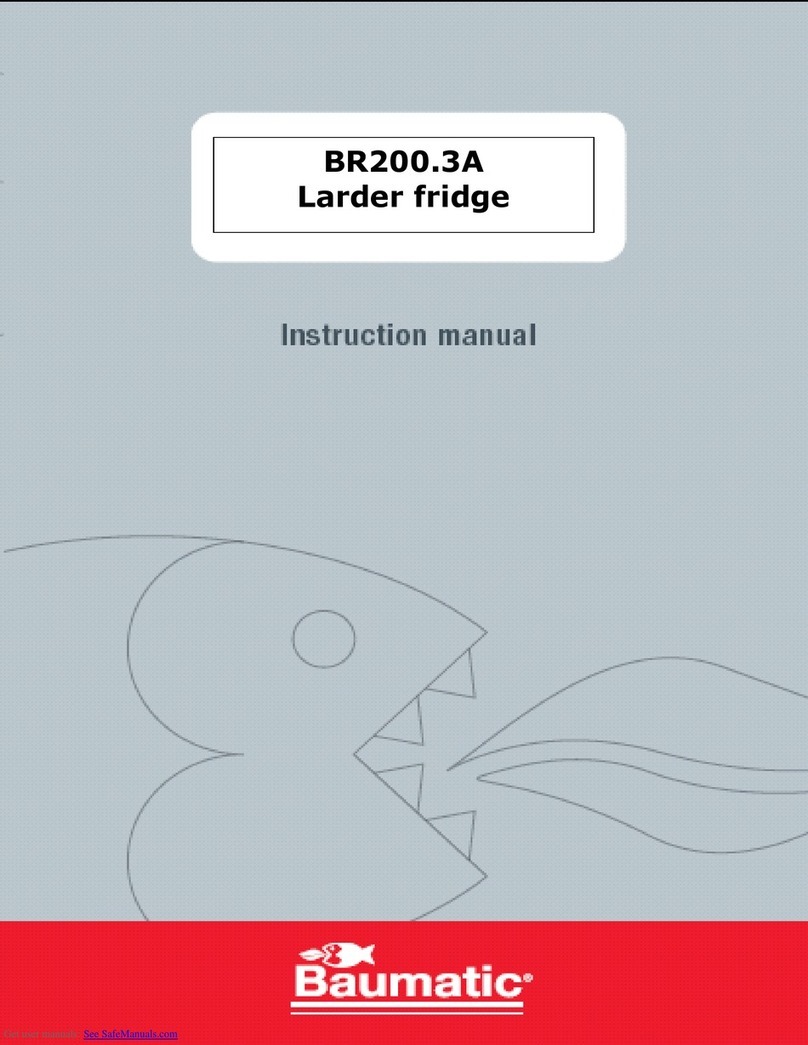
Baumatic
Baumatic BR200.3A User manual
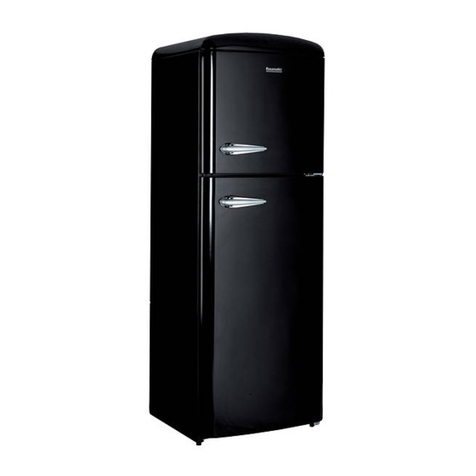
Baumatic
Baumatic RETRO13BL User manual
